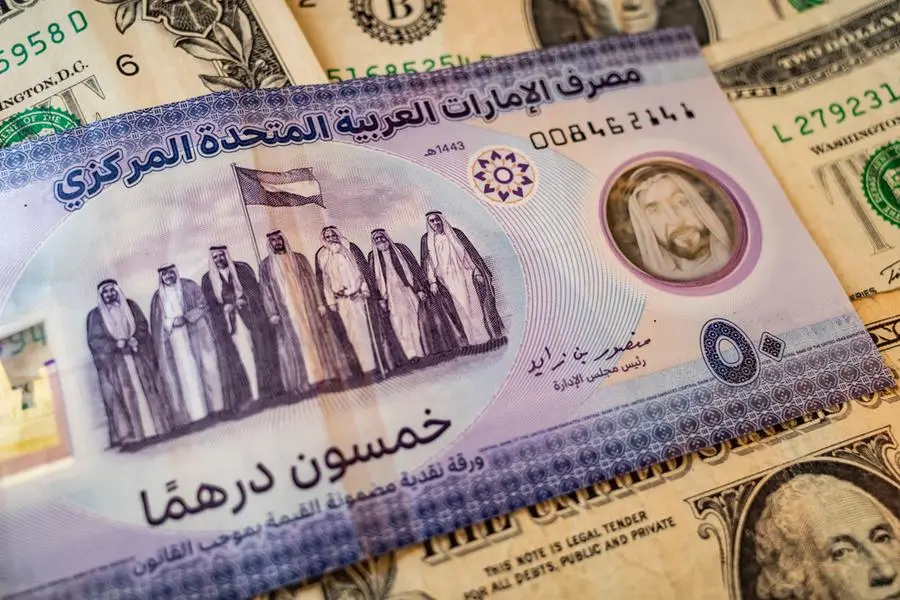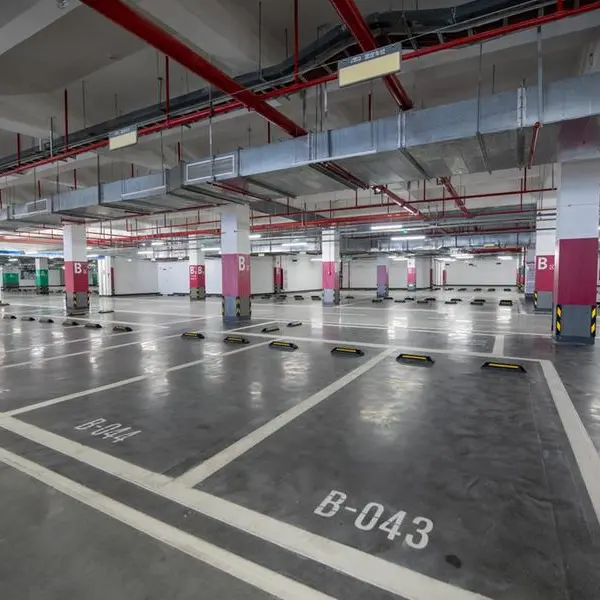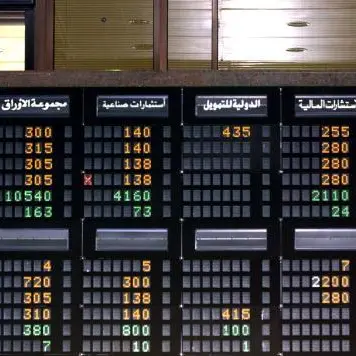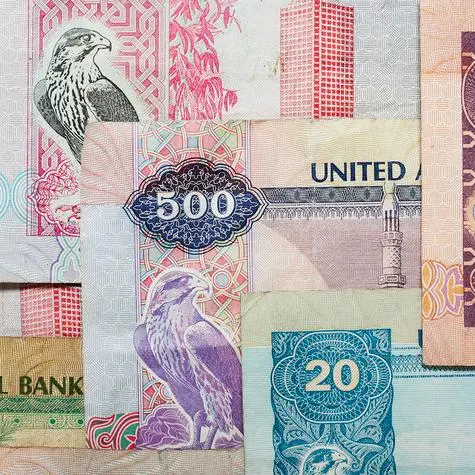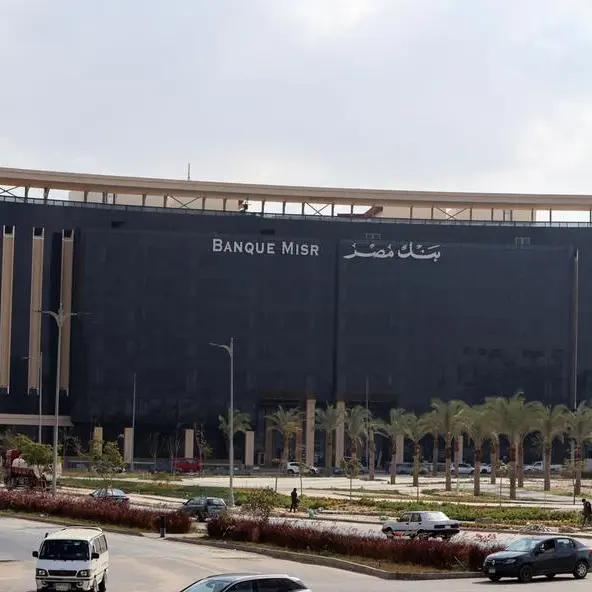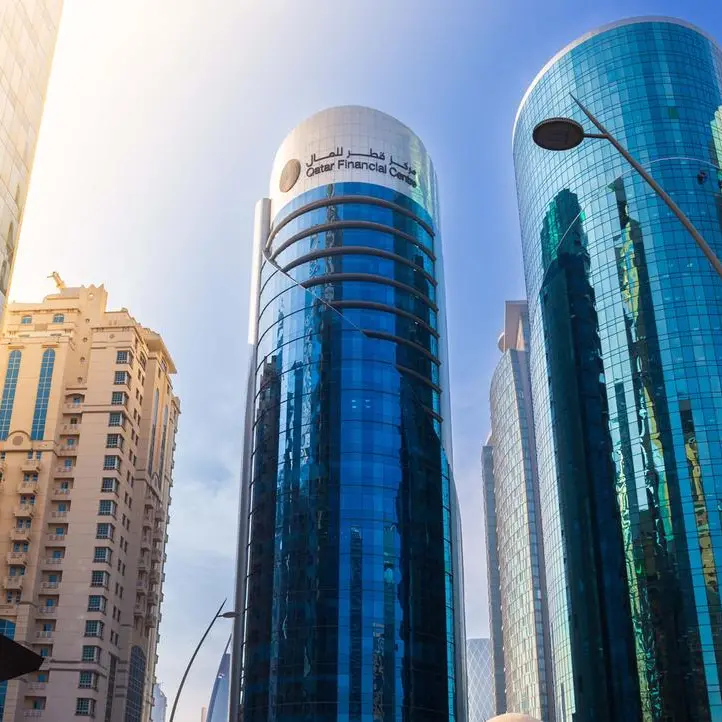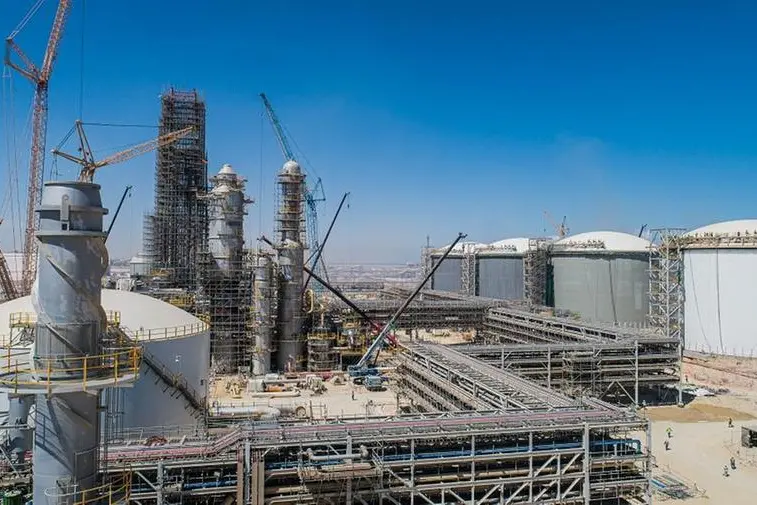PHOTO
The UAE’s top 10 banks saw aggregate income reach AED 21.5 billion ($5.8 billion) in Q2 2024 on higher interest income and lower impairment charges, with improved asset quality and higher return on equity.
But they saw slower deposit growth and net interest margin in the second quarter, with deposit growth slowing to 0.4% from 5.1% in the first quarter and loans and advances down to 3.2% from 3.4%.
Return on equity reached 20.8% in Q2, down from 20.3% in the first quarter, while return on assets and return on risk-weighted assets remained flat at 2.2% and 3.5%.
The 10 banks surveyed by A&M are First Abu Dhabi Bank, Emirates NBD, Abu Dhabi Commercial Bank Dubai Islamic Bank, Mashreq Bank, Abu Dhabi Islamic Bank, Commercial Bank of Dubai, National Bank of Fujairah, National Bank of Ras Al-Khaimah and Sharjah Islamic Bank.
Mobilisation of deposits eased while credit outlay sustained its momentum, but the interest rate cycle reversion is expected to begin from the third quarter, A&M said. While interest rates remained stable, net interest income (NII) grew by 2% due to a higher loan-to-deposit ratio (LDR).
Loans and advances (L&A) grew moderately by 3.2% as retail lending witnessed a surge of 8% quarter on quarter.
Six out of the top ten banks reported a deterioration in the cost efficiencies, with cost to income ratio deteriorating by to 28.1% in Q2, down from 27.9% in Q1.
Cost efficiencies deteriorated as aggregate total operating income, up by 0.4%, increased slower than the total operating expenses, which grew by 1%.
Cost of risk (CoR) for UAE banks however reached a multi-year low, settling at 0.3%, with impairments declining to AED 1.3 billion, with six out of the top ten banks reporting an improvement in CoR.
(Writing by Imogen Lillywhite; editing by Seban Scaria)
